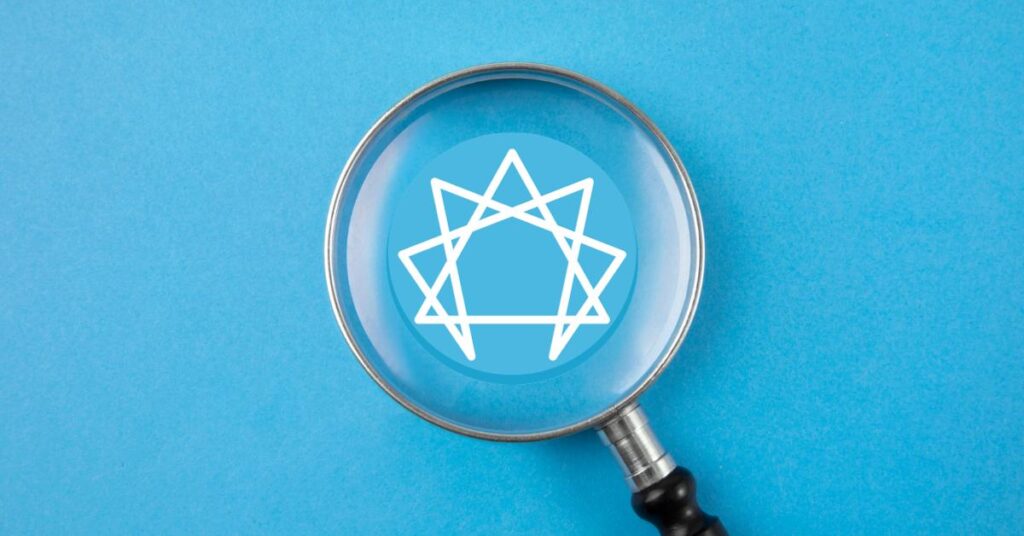A Quick Enneagram Overview for Businesses

The Enneagram. Have you heard of it? Maybe you have and maybe you haven’t. If not, at some point you will. And the reason is because more and more leaders are learning about this dynamic system that is helping teams to become more cohesive and effective.
I’ve been working with the Enneagram for a little more than a year now, so I’ll take this space to give a brief overview of the Enneagram, share with you what it is, and talk about how it may be able to help you and your team.
An Enneagram Overview
What Is the Enneagram?
In short, the Enneagram is a map for self-discovery and personal growth based on nine basic personality types.
In the late 1960s, being influenced by many of the ancient wisdom traditions, a teacher and philosopher named Oscar Ichazo developed the “modern” Enneagram and began teaching it in Chile. At Ichazo’s school, many religious, philosophy, and psychology leaders learned the system and eventually brought it back to the United States. Since then, thought leaders such as Richard Rohr, Don Riso, Russ Hudson, and others have brought contemporary learning and understanding to the Enneagram.
As one author put it:
The power of this system is its ability to accurately and clearly describes why one thinks, feels and behaves in particular ways based upon core fears, desires, and motivations. Its value is in its ability to harness and transform self-limiting behaviors into life-enhancing personal empowerment.
Through self-discovery, one can create and sustain meaningful and lasting relationships, which are the key to team effectiveness.
What Do the Numbers Mean?
The Enneagram is based on nine personality types. Each type has a number associated with it. The four numbers to consider are:
- One’s Main Type: This describes your main personality type, such as a Two or a Six. These numbers are labels, not rankings. There is no “better or worse” type.
- Wings: The type on either side of the main type. The wing complements your main type, and influences your total personality. Your wing is the “second side” of your personality, and it must be considered to better understand the whole person. Wings are adjacent to your number on the Enneagram diagram. For example, as a Six, your options for wings are Five and Seven.
- Security: The path one takes when feeling secure. From this number, we “draw” positive energy when we feel safe.
- Stress: The path one takes when feeling stress. We move toward this number’s negative aspects when feeling stress.
How Do I Determine My Type?
There are a few ways I suggest to determine one’s type:
1. Seek Out Resources
One of the best books for understanding the Enneagram, and determining one’s type is The Road Back to You by Ian Morgan Cron and Suzanne Stabile. This book is a great Enneagram primer. By using stories and easy to understand descriptions, Cron and Stabile help the reader to easily identify their main type.
To learn more about the Enneagram, you can also check out:
2. Start with Your “Center”
Each Enneagram number is in one of three “Centers of Intelligence”. The Center of Intelligence describes the primary way one receives, processes and acts on information. Those three centers are:
- The Thinking Center (the Head): “What do I think about this?” Fives, Sixes, and Sevens draw from the Thinking Center.
- The Feeling Center (the Heart): “How do I feel about this?” Twos, Threes, and Fours draw from the Feeling Center.
- The Instinctive Center (the Gut): “What am I going to do about this?” Eights, Nines, and Ones draw from the Instinctive Center.
To begin determining your main type, seek to determine which of the Centers of Intelligence best describes how you process information. You can then begin working on narrowing down the three types in that Center to your main type.
3. Take an Assessment
There are a plethora of assessments out there to help uncover one’s type. Assessments should be used as confirmation of one’s type, not necessarily for determination. As someone who provides Enneagram assessments and helps individuals analyze and understand their results, I recommend:
- The Wagner Enneagram Personality Style Scales
- The RHETI from the Enneagram Institute
How Can the Enneagram Help My Team?
Each team is made up of individuals with unique sets of traits, strengths, and areas that need improvement. If each person can understand more fully those areas, they can then know better how to work toward building their team and contributing to success as a whole. The Enneagram can be used to help each team member identify those unique areas (and blind spots) and help them develop new ways of communicating and collaborating.
Ready to Dive Deeper?
Now that you’ve had the Enneagram overview, are you ready for more? Reach out to me today for a free discussion on how to use Enneagram assessments for your business.
